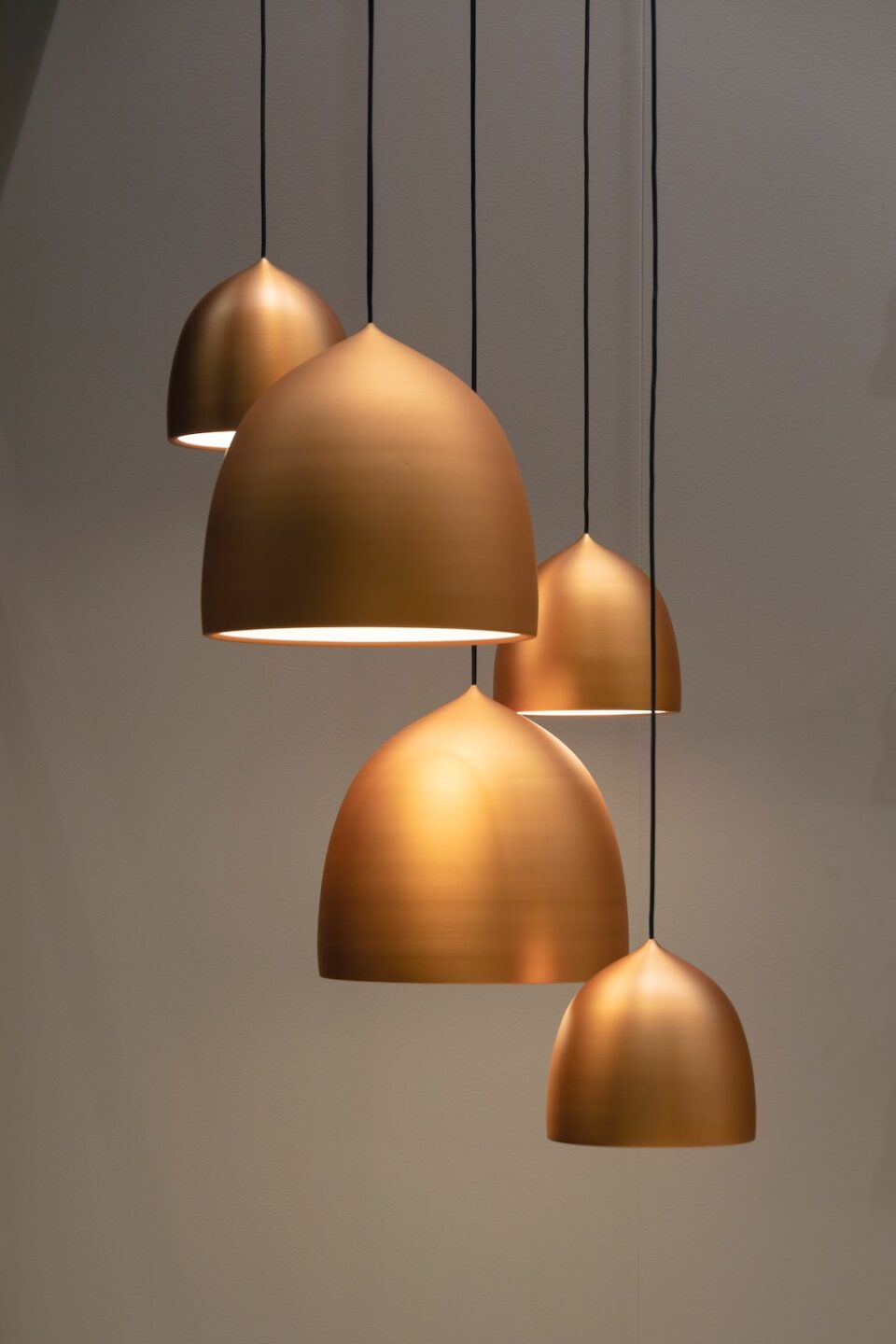Exploring the World of Product Design
Product design is an intricate and fascinating field that influences both our daily lives and the global market. It involves creating and developing innovative and functional products that cater to the needs and desires of consumers. From everyday household items to cutting-edge technological advancements, product design plays a crucial role in shaping the world around us.
The product design process begins with identifying a problem or opportunity that can be addressed through the creation of a new product. This could be anything from improving the functionality of an existing item to inventing something entirely new. Once the problem is identified, designers conduct extensive research to gain a thorough understanding of the target audience, market trends, and competitors. This stage is crucial as it ensures that the product will meet the demands and preferences of consumers.
After the research phase, designers move on to brainstorming and conceptualizing ideas. This is where their creativity truly shines, as they explore different possibilities and come up with innovative solutions. Sketching, prototyping, and 3D modeling are some of the techniques employed during this stage to visualize and refine the ideas. Collaboration and communication within the design team are essential to ensure that all aspects of the product are considered, including its functionality, aesthetics, and manufacturability.
Once a concept is selected, designers move on to the development phase, where the product takes shape. This involves creating detailed drawings, technical specifications, and specifications for manufacturing. The design team works closely with engineers, manufacturers, and suppliers to ensure that the product can be produced efficiently and within budget. Iteration and testing are also crucial during this stage to identify and resolve any potential issues.
The next step in the product design process is prototyping. Prototypes are physical representations of the final product that allow designers to test functionality, ergonomics, and aesthetics. They can be made using various materials and techniques, ranging from simple models made of cardboard or foam to more advanced 3D-printed or machined prototypes. By evaluating and refining the prototypes, designers can ensure that the product meets the desired standards and user expectations.
Once the prototype is approved, designers focus on the manufacturing process. They collaborate with manufacturers to select the most suitable materials, production techniques, and technologies for bringing the product to life. Attention to detail and quality control are crucial at this stage to ensure that the final product meets the desired specifications. Designers may also work on packaging, branding, and marketing strategies to enhance the product’s appeal and differentiation in the market.
Product design is not limited to physical products but also extends to digital experiences and services. In a rapidly evolving technological landscape, user experience (UX) design has become an integral part of product design. UX designers focus on creating intuitive and enjoyable interactions between users and digital products, such as websites, mobile apps, and software. This involves conducting user research, creating wireframes and mockups, and conducting usability testing to refine the user experience.
In conclusion, product design is a captivating and multidisciplinary field that blends creativity, problem-solving, and technical expertise. It encompasses the entire process of creating and developing products, from initial research and conceptualization to prototyping and manufacturing. Product designers play a crucial role in shaping the world around us, continuously innovating and improving the products we use on a daily basis. Whether it’s a new household gadget or a groundbreaking technological advancement, product design will continue to shape the world we live in for years to come.


